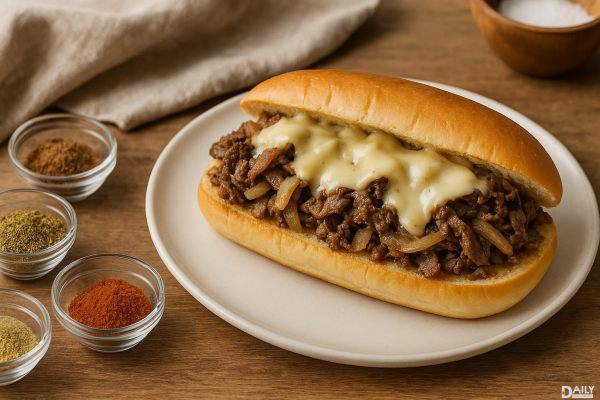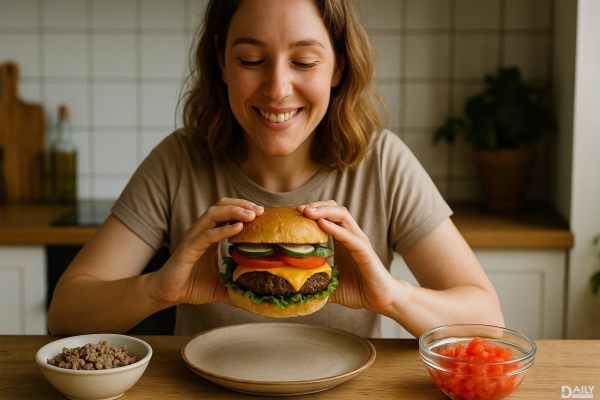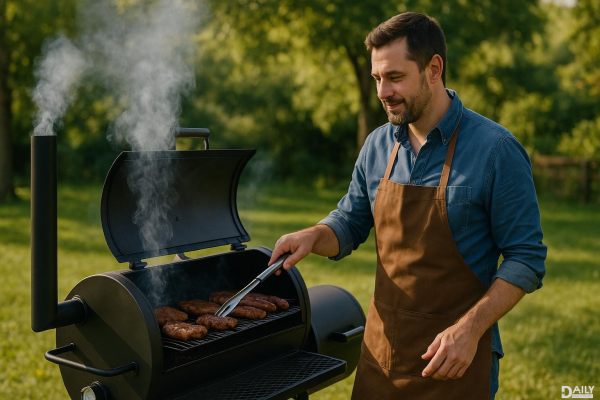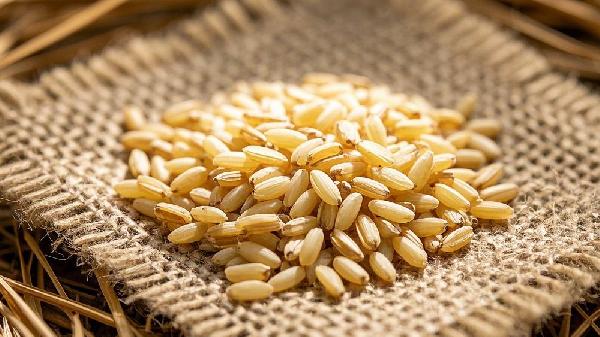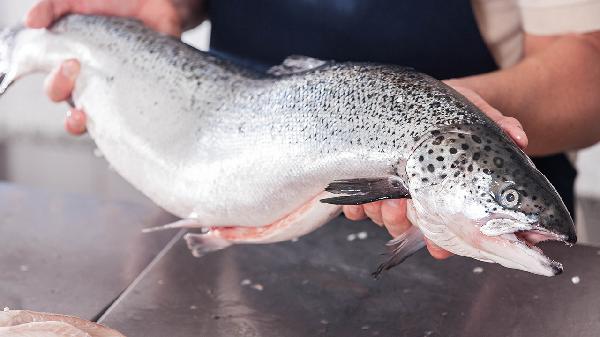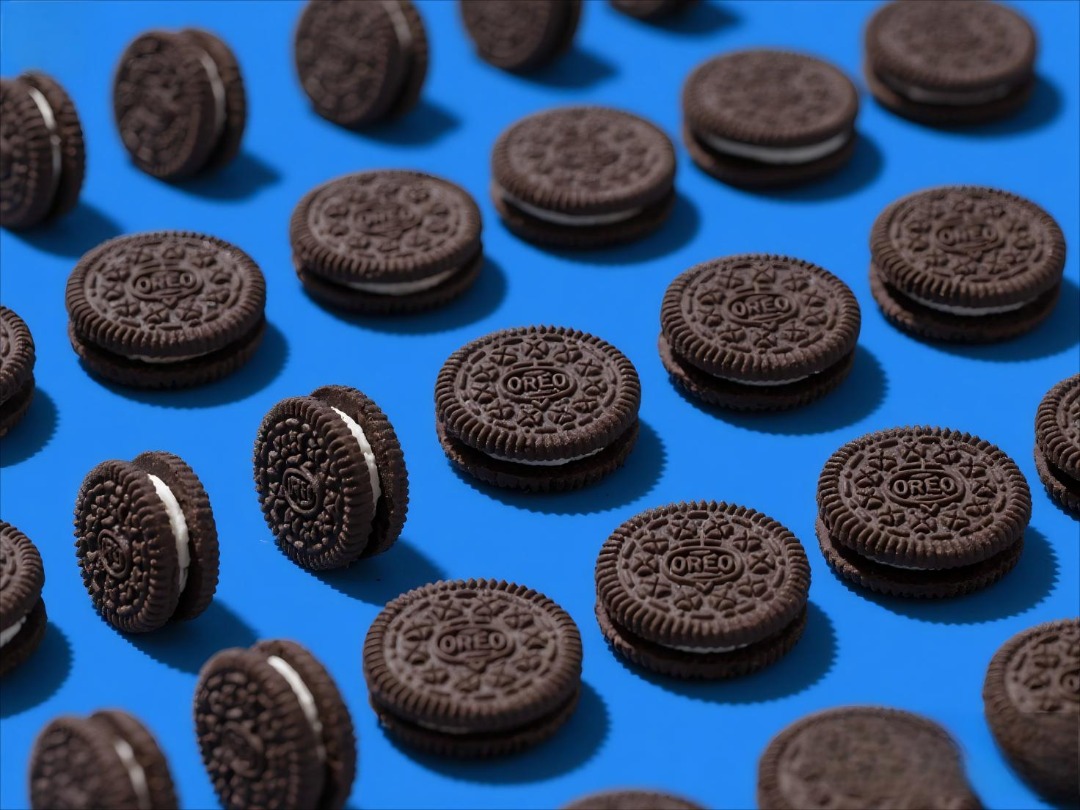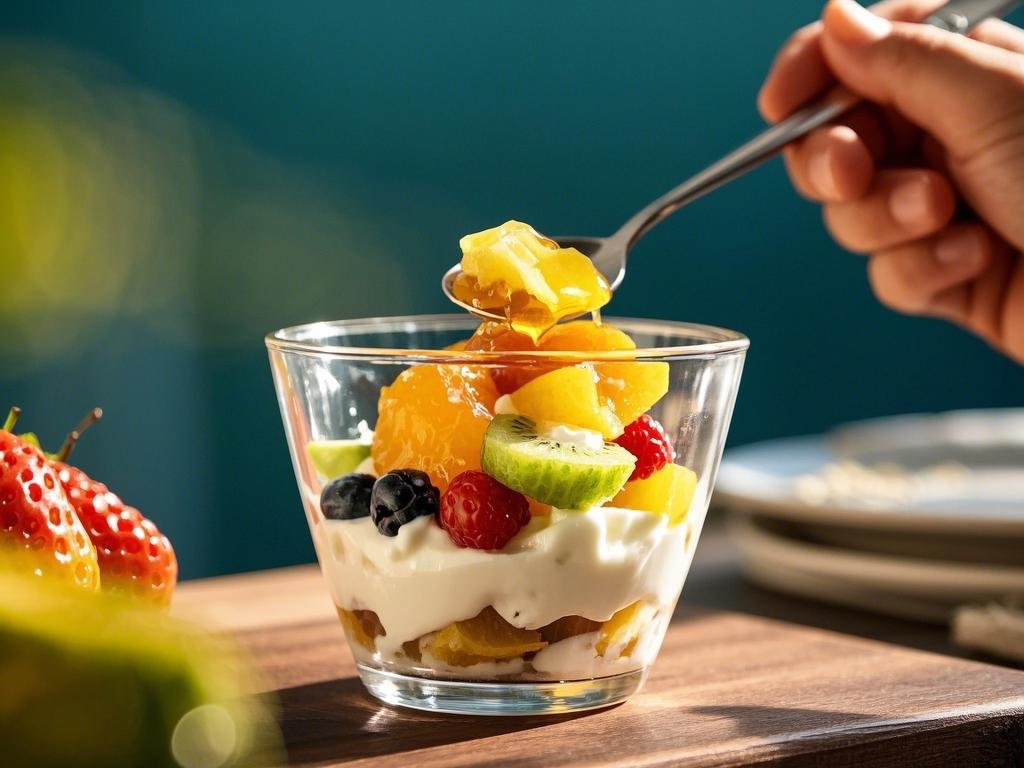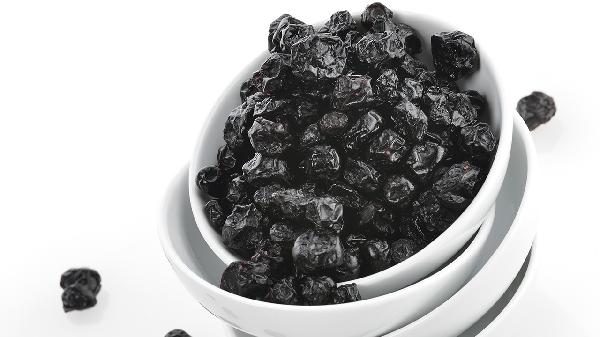Craving prime rib? You’re not alone. This juicy, flavorful cut of beef is a favorite for special occasions and indulgent dinners. But ordering it like a pro isn’t just about pointing at the menu—it’s about knowing the details that make your meal unforgettable. From understanding the cut to nailing the doneness, this guide will turn you into a prime rib connoisseur in no time.
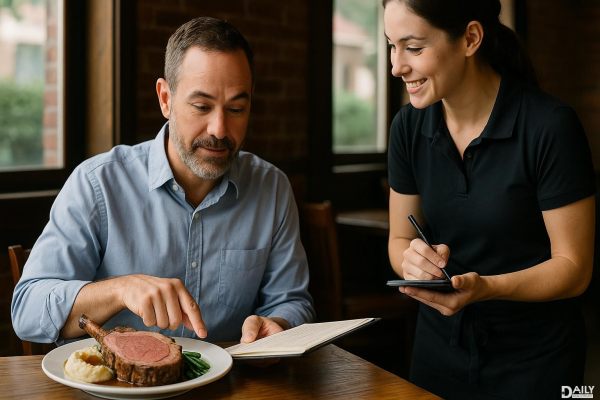
Prime rib, also known as a standing rib roast, is a cut from the rib section of the cow. It’s known for its rich marbling, which gives it that melt-in-your-mouth texture and deep beefy flavor. The term “prime” can be a bit misleading—it doesn’t always mean the meat is USDA Prime grade (though it can be). Instead, it refers to the primal cut of beef. When you order prime rib at a restaurant, you’re typically getting a slice of this larger roast, cooked to perfection.
Not all prime rib is created equal. When ordering, ask about the grade of the beef. USDA Prime is the top tier, with the most marbling and flavor. Choice is the next level down, still delicious but slightly leaner. Select is the leanest and often less flavorful. If you’re splurging, go for Prime—it’s worth it. Also, consider the size of the cut. A “single” portion is usually around 10-12 ounces, while a “double” can be 16 ounces or more. Choose based on your appetite and whether you want leftovers (because, let’s be real, prime rib makes amazing sandwiches).
Prime rib is best enjoyed medium-rare to medium. This ensures the meat stays tender and juicy. Here’s a quick breakdown of doneness levels:
Accompaniments and Sauces
Prime rib is often served with classic sides like creamy horseradish sauce, au jus (a rich beef broth), and Yorkshire pudding. These aren’t just extras—they’re essential to the experience. The horseradish adds a tangy kick, the au jus enhances the beefy flavor, and the Yorkshire pudding soaks up all the delicious juices. If you’re feeling adventurous, ask about other sauces or sides the restaurant offers. Some places might have a béarnaise or chimichurri that pairs beautifully with prime rib.
A great prime rib deserves a great wine. Full-bodied reds like Cabernet Sauvignon, Malbec, or Syrah are classic choices. Their bold flavors complement the richness of the meat without overpowering it. If you’re not a red wine fan, a buttery Chardonnay can also work surprisingly well. Don’t hesitate to ask your server or sommelier for pairing suggestions—they’re there to help you elevate your meal.
When dining at a steakhouse, don’t be afraid to ask questions. Find out how the prime rib is prepared—is it dry-aged? Is it cooked on a rotisserie or in a sous vide? These details can make a big difference in flavor and texture. Also, check if the restaurant offers a “chef’s cut” or “bone-in” option. These tend to be more flavorful and are often worth the extra cost. Finally, if you’re celebrating a special occasion, let the staff know. Many steakhouses go the extra mile to make your experience memorable.
If you’re lucky enough to have leftovers, don’t let them go to waste. Prime rib makes incredible sandwiches—slice it thin, pile it on a crusty roll, and add some horseradish mayo or au jus for dipping. You can also chop it up for a hearty beef hash or toss it into a salad for a protein-packed lunch. Just be sure to store it properly in an airtight container in the fridge, and reheat it gently to avoid drying it out.
Ordering prime rib like a pro is all about knowing what to ask for and how to enjoy it. With this guide in your back pocket, you’ll be ready to savor every bite of this iconic dish. So next time that craving hits, go ahead and treat yourself—you’ve earned it.
